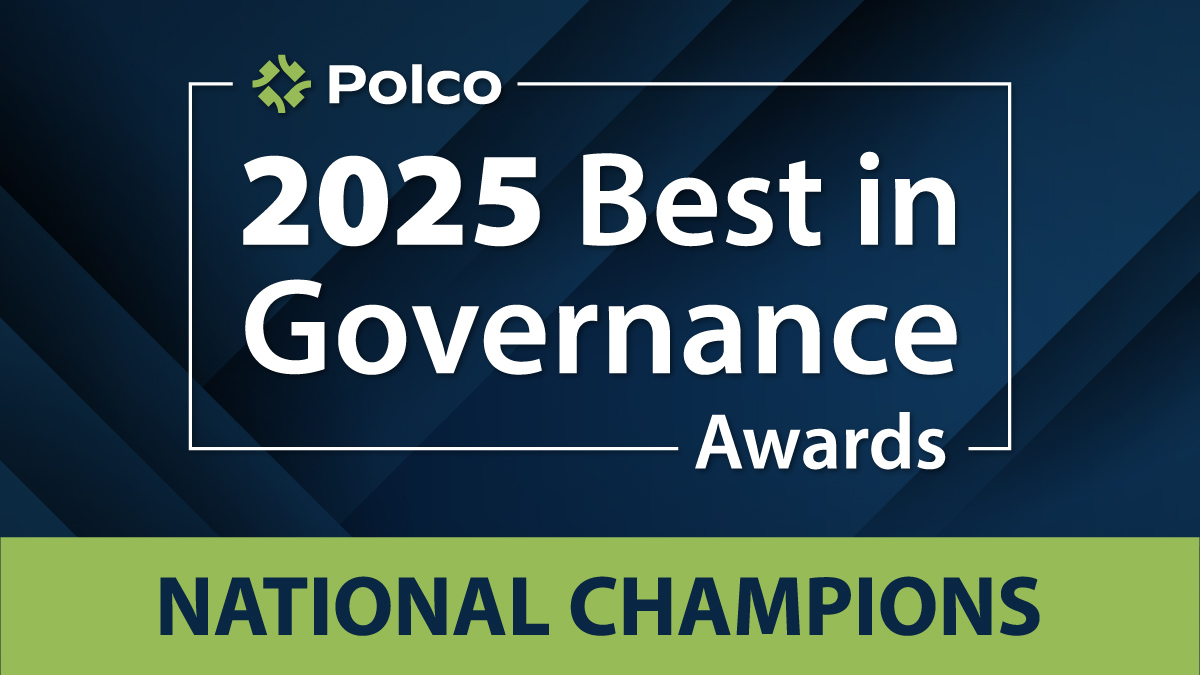Government transparency through feedback
By Polco on June 6, 2017

This is the first in a series of lightning posts, designed to provide in-depth information on a topic we’ve previously discussed. If you have any questions, or would like to submit a topic for discussion, please contact us here!

The concept of improved government transparency is one that has always sounded great, but was really hard to implement. At first, technology didn’t exist to share necessary elements until the internet made this data, like municipal financials, easier to share broadly. We are now entering a period that not only allows sharing of this data, but also allows the creation and accessibility of new information, such as issue-specific constituent sentiment, that can truly bring transparency to the next level! Projects like Reclaim New York and The State Integrity Investigation are highlighting those municipalities pushing the frontier on new and improved ways to provide improved transparency and accessibility to their citizens.
Transitioning back-office municipal financial operations into the digital age will ultimately streamline operations and yield great insights in addition to providing improved citizen transparency. The same is true for front-office municipal accessibility: the data generated from improved citizen accessibility and transparency measures will provide actionable citizen sentiment information to help empower local decisions. Once local information is fully transparent and available, the resulting operational improvements, insights, and transparency will improve operations and satisfy citizens long turned off by government processes.
To achieve this accessibility and transparency in operations, the new digital front office workflow should focus on a few important steps.
- Inform: In order for your citizens to feel motivated and a part of the government decision making process, you need to set a precedent for information, and follow through with notices regularly. This can be done in a number of ways, from an embedded calendar on your website to updates via social media like Facebook or Twitter. We’ve discussed on this blog before the importance of meeting citizens where they are.
- Use Organized Data: We don’t need more noise. We want to give citizens the chance to see what’s going on and have a say, and that input to be useful and rewarding. You need to create a system to organize, and verify, your respondents and the feedback they offer. If you do not organize this data correctly, it will manifest as noise and eventually get lost, perhaps never making its way to the proper decision makers who might be able to act upon it.
- Close the loop: Great, you’ve now created and organized a community input dataset on several issues, and thereby laid the foundation to execute on the next generation of citizen transparency via accessibility. You now need to act. You need to share the ultimate outcome, what the input was, how the input was used and why. We’re not suggesting that you always do as the majority wants, but be bold and share your reasons. People will understand. In fact, relative to the status quo, they’ll probably be happy the front office’s digital door wasn’t closed and they were acknowledged.
Following these steps in your civic engagement strategy will not only enhance your government accessibility and transparency, but it will also open up communication channels with your citizens that lead to healthy local discourse.
Popular posts
Sign-up for Updates
You May Also Like
These Related Stories

The Engagement Series

Announcing the 2025 Best in Governance National Champions

